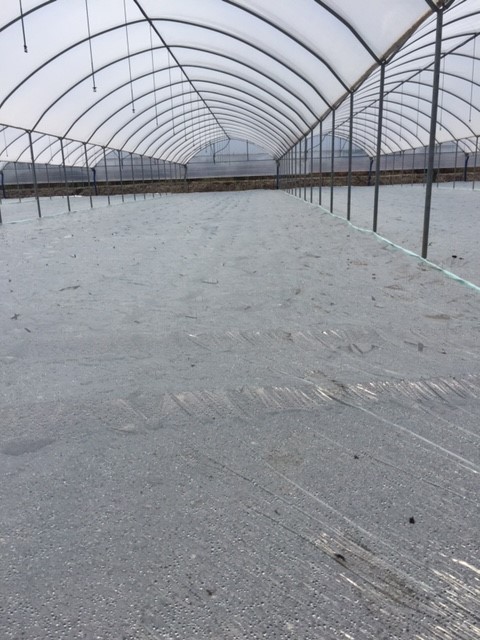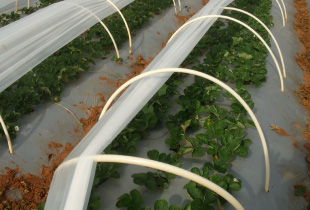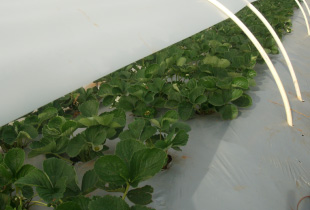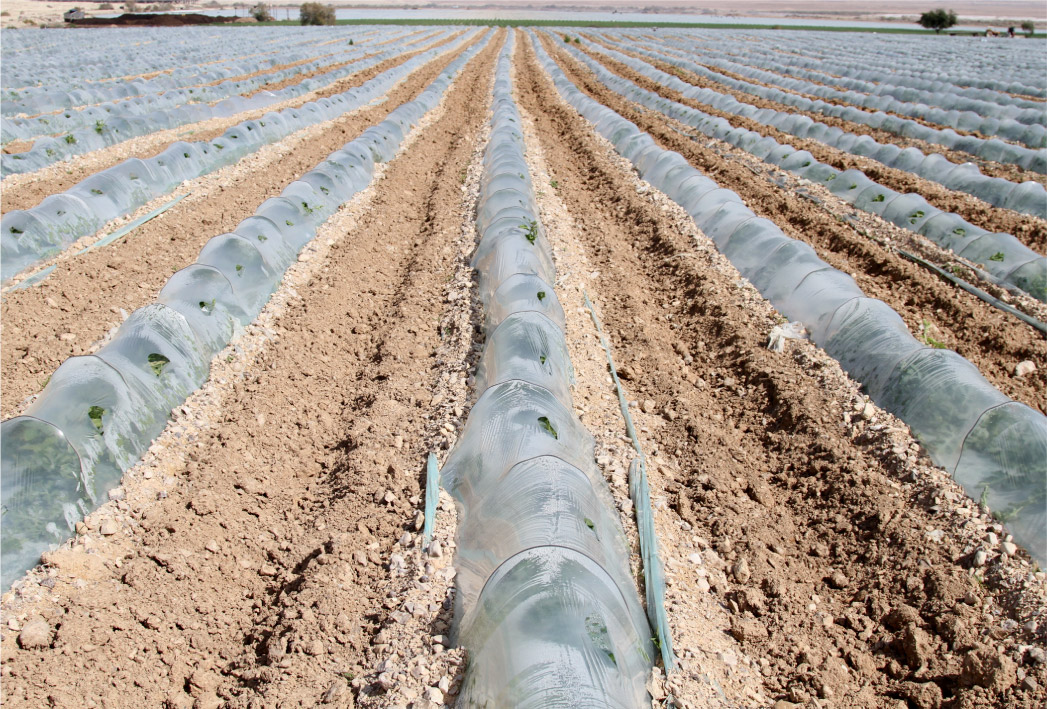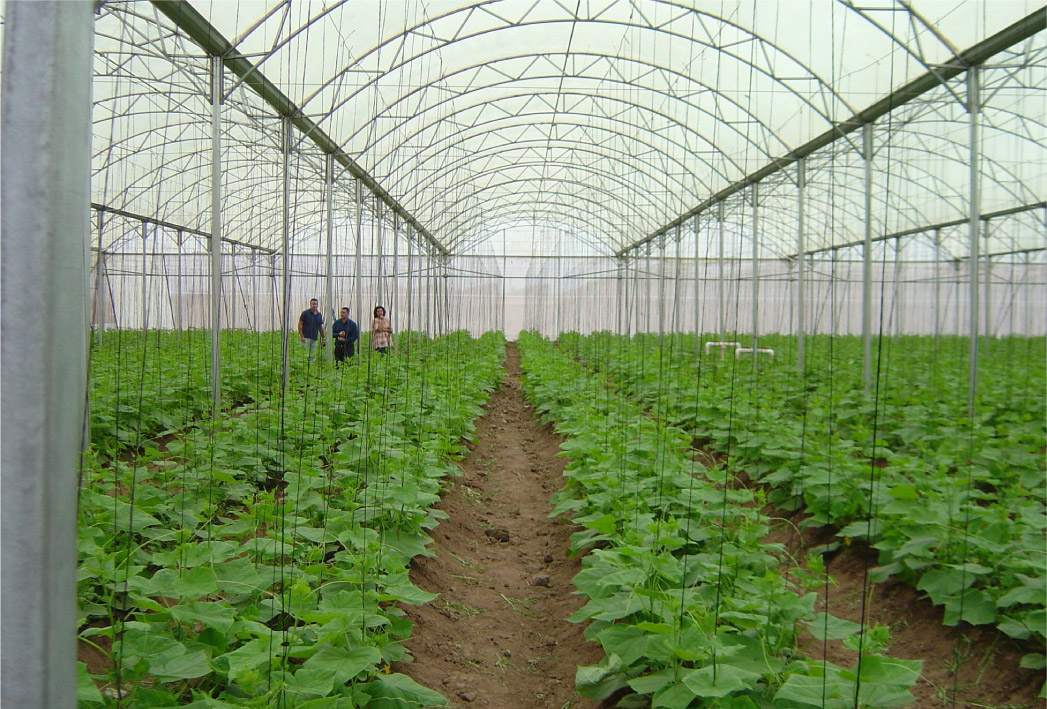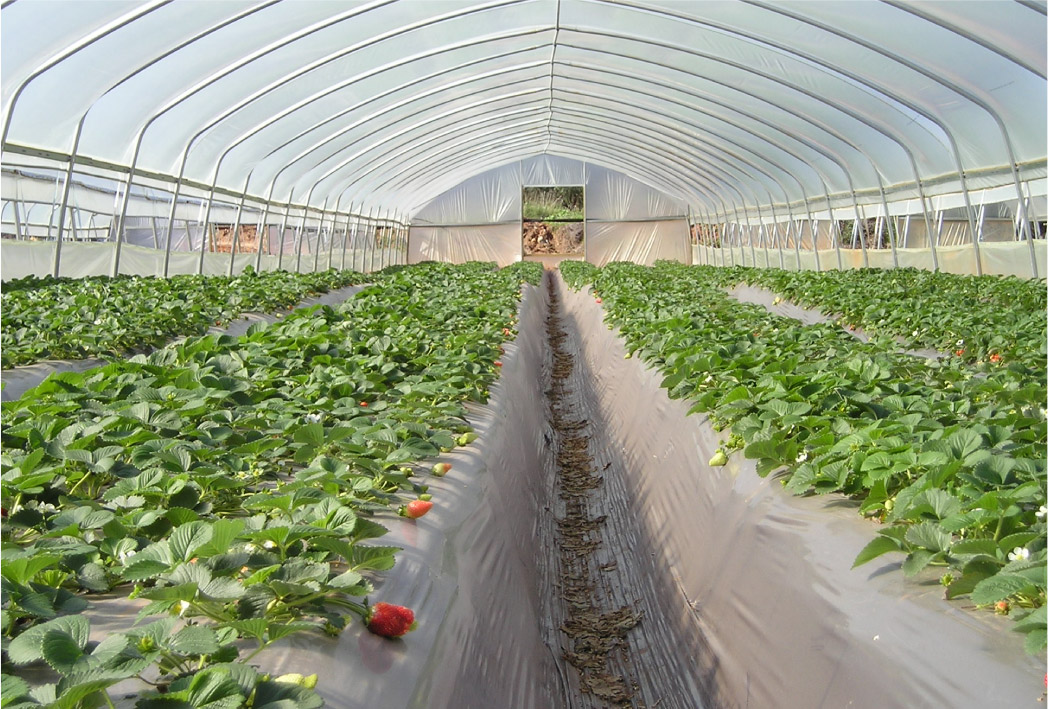Fumigation
Insects play an important role in causing plant diseases, damaging crops. The insects penetrate the plant through the subsoil parts, causing various diseases in the crops. Disease symptoms may be sprout mortality, shriveling or inexplicable dehydration.
These pathogens are found at depths of tens of centimeters in tiny locations, making it very difficult to fumigate them. In the absence of proper soil treatment, these pathogens can remain in the soil for many years, preventing sensitive crops from being grown in this soil. Their activities are influenced by the soil’s physical properties and by the microorganisms living inside it.
Modern intensive agriculture, which is characterized by multiple crops on the same soil, is conducive to the rapid proliferation of these diseases and amplifies their damage. Soil-dwelling pathogen fumigation is done in a variety of methods. The most common are the chemical fumigation and solar fumigation.
Chemical Fumigation:
Pesticides are inserted into the soil. These fight and destroy the disease vectors. The market currently offers various chemical combinations and different application methods (spreading and loosening, technical application by tractor or injector, dripping and plastic film or water sprinkler system). Among the materials offered are DAZOMET, dichloropropane and chloropicrin, Sodium N-Methyl Dithiocarbamate, formaldehyde and others.
Solarization:
Solarization is a fumigation method using soil heating by solar radiation. Soil heating has many effects on the organisms and on the contaminations. This method is used for fumigating open areas and various greenhouses.
The method is based on several main stages. The main stage is to cover the soil, after having watered it, with a mulch film made of transparent polyethylene. Its main role is to retain the heat within the soil for a prolonged period. The water conducts the heat downward from the ground surface. Physical, chemical and biological changes occur in the soil during the solarization, which cause the extermination or weakening of the pests in the soil. The higher the maximum temperature, the greater the efficacy of the fumigation and the pest extermination improves.
The mulch film must be left in situ for between 5-12 weeks depending on the fumigation period, soil type and film type, where the ideal timing for applying this method is at the height of summer.
| Part number | Films Description | Durability (months) | Solar fumigation | Chemical fumigation | Thermal additives | Drip-driven additives | Datasheet |
|---|---|---|---|---|---|---|---|
| 1323 | Transparent fumigation film | 6 | V | V | X | X | |
| 1324 | Transparent fumigation film | 10-12 | V | V | X | X | |
| 1305 | proofing fumigation film | 3 | X | V | X | X | |
| 1313 | Anti-fugitive thermal fumigation film | 6 | V | X | V | V | |
| 1322 | Anti-fugitive thermal fumigation film | 10-12 | V | X | V | V | |
| 1319 | Anti-fugitive fumigation film | 6 | V | X | X | V | |
| 1320 | Anti-fugitive fumigation film | 10-12 | V | X | X | V | |
| 1318 | Thermal fumigation film | 6 | V | V | V | X | |
| 1321 | Thermal fumigation film | 10-12 | V | V | V | X |

